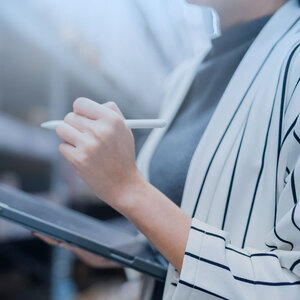In supply chain management, overstock is a phenomenon that can have significant consequences for companies. In this article, we will explore in detail what overstock is and how it can be effectively avoided. We will analyze how it can negatively impact organizations, from additional costs to operational and financial problems.
Additionally, we will highlight the strategic importance of maintaining an adequate balance in inventory levels to optimize the supply chain. We will see how excessive overstock can hinder the efficiency and agility of a company, directly affecting its profitability and competitiveness.
Finally, to achieve good overstock management, we will explore various strategies and techniques that companies can implement to prevent it, such as more accurate forecasting methods or the use of other inventory management techniques.
What is overstock?
Overstock, also known as excess inventory or overstocking, is a term used in supply chain management to describe the situation where a company accumulates more inventory than necessary to meet current demand. However, there are different types of additional stocks required to cover production that should not be considered excess stock, such as safety stock.
This phenomenon can have significant financial and operational implications for organizations, negatively affecting the efficiency and profitability of their operations. Overstock can arise from various reasons, such as inadequate production planning, erroneous demand forecasts, poorly managed promotions, or sudden changes in market conditions.
Impact of overstock on companies
Overstock can have a major impact on companies, affecting both their profitability and operational efficiency. This situation arises when a company accumulates more inventory than necessary to meet current market or customer demand. Below, we will analyze in detail the impact of overstock on organizations, with a particular focus on industrial companies.
One of the most immediate impacts of overstock is the increase in operating costs. Maintaining excessive inventory levels involves additional expenses related to storage, maintenance, and depreciation of unsold products. These costs directly affect the company's profitability, reducing its ability to invest in other areas that may be beneficial for the business. Additionally, overstock can lead to product obsolescence, resulting in direct financial losses.
Another important impact of overstock is the immobilization of capital. Excess inventory means that a significant portion of the company's capital is tied up in non-productive inventory, which limits its liquidity and responsiveness to sudden market changes. This lack of financial flexibility can be particularly harmful during times of economic uncertainty or demand fluctuations.
Overstock in the industrial sector
In the specific context of industrial companies, overstock can have additional consequences. For example, in sectors where perishable or high-turnover raw materials are used, excess inventory can lead to the loss of value of these materials due to degradation or expiration. Likewise, in industrial environments, the additional storage space required for overstock can affect operational efficiency by requiring more physical space and resources for its management.
The Importance of overstock in the supply chain
Overstock within the supply chain is a crucial topic for companies aiming to optimize their operations and maintain their competitiveness in the market. Although having excess inventory may initially seem beneficial to avoid potential shortages, in reality, overstock can have negative consequences that affect the efficiency and profitability of the entire supply chain.
Firstly, it is essential to understand that overstock has a direct impact on companies' operating costs. Maintaining excessive inventory levels involves additional costs related to storage, handling, and maintenance of unsold products. This can significantly affect a company's margins and decrease its ability to invest in strategic areas such as innovation and expansion.
Furthermore, overstock can lead to premature product obsolescence. When products remain in inventory for extended periods, there is a higher risk of them becoming obsolete due to changes in demand or technological advancements. This can result in financial losses for companies, especially in sectors where products have short life cycles.
Overstock can also distort production planning and scheduling, hindering the ability to respond effectively to changes in demand or market conditions. This can create imbalances in the supply chain, causing delivery delays and capacity issues in warehouses and distribution centers.
The importance of adequately managing overstock lies in improving operational efficiency and supply chain flexibility. Effective inventory management allows companies to optimize resources, minimize costs, and improve customer service quality. By maintaining optimal inventory levels, companies can respond more agilely to demand fluctuations and quickly adapt to market conditions.
Benefits of good overstock management
Good overstock management brings a range of benefits for companies, contributing to improved operational efficiency and supply chain profitability.
Firstly, adequate overstock management allows companies to optimize their financial resources. By maintaining more adjusted inventory levels and avoiding unnecessary accumulations, companies can free up capital that would otherwise be tied up in inventory. This improves liquidity and the company's ability to invest in other critical business areas, such as innovation, expansion, or new product development.
Additionally, effective overstock management reduces operating costs associated with storing and maintaining additional inventory. By minimizing the space required to store products, companies can reduce storage expenses, directly improving margins and generating greater market competitiveness.
Another key benefit is the improvement of operational efficiency. By having more precise control over inventory levels, companies can optimize their production and distribution processes. This means a lower likelihood of supply chain disruptions due to inventory excesses or sudden shortages, leading to better production planning and scheduling.
Good overstock management can also enhance customer service quality. By keeping overstock under control, companies can meet demand promptly and effectively, avoiding shortages or excesses that could negatively impact customer experience. This can translate into higher customer satisfaction and brand loyalty.
Finally, good overstock management promotes business sustainability. By reducing resource waste and minimizing the environmental impact associated with excess inventory, companies can move towards more sustainable and responsible practices. This not only benefits the environment but also improves the company's reputation and credibility with customers and stakeholders.
Strategies for managing overstock
Effective overstock management is essential for optimizing the supply chain and improving companies' operational efficiency. Now, let's look at different ways to improve inventory management to avoid overstock and maintain company competitiveness.
A fundamental strategy is to implement more accurate demand planning tools. Using historical data, statistical analysis, and machine learning techniques can help predict demand fluctuations more accurately and adjust inventory levels accordingly. This allows companies to maintain optimal inventories without incurring unnecessary excesses.
Another effective strategy is to adopt practices such as Just In Time (JIT) and Kanban. These approaches focus on the delivery of raw materials and finished products just in time for use or sale, minimizing the need for prolonged storage. JIT and Kanban help reduce overstock by synchronizing production and delivery with real market demand.
Additionally, companies can establish more efficient inventory policies. This includes setting maximum and minimum inventory levels based on demand analysis and replenishment times. By establishing clear policies and inventory management procedures, companies can improve visibility and control over their stock.
Another key strategy is to establish closer collaborations with suppliers, such as the Vendor Managed Inventory (VMI) strategy. Proactively sharing information with suppliers about demand and consumption patterns allows for more accurate production and supply planning. This can reduce the risk of overstock by better aligning supply with demand.
Finally, companies should implement continuous inventory monitoring and control systems. Using technology such as automated inventory management systems, Supply Chain software, or enterprise resource planning (ERP) software can provide real-time information about inventory levels and alert potential deviations. This allows for quick responses to changes in demand and minimizes the risk of excessive inventory accumulation.
Avoiding overstock helps improve efficiency
In conclusion, overstock represents a challenge in supply chain management, with financial, operational, and strategic implications for companies. Not managing it correctly can result in additional costs, capital immobilization, and obsolescence risks, directly affecting business profitability and competitiveness.
It is crucial to maintain an adequate balance in inventory levels to optimize the supply chain and avoid operational efficiency obstacles. Implementing strategies such as accurate demand planning, efficient inventory management practices, and strategic collaborations with suppliers help manage overstock effectively.
Good overstock management brings benefits such as financial resource optimization, operational cost reduction, and improved efficiency and sustainability.
At Imperia, we have the perfect tool for you to manage your supply chain optimally, gaining competitiveness and profitability. If you want to know what benefits you can achieve with our software, don't hesitate to request a free demo. We look forward to seeing you!
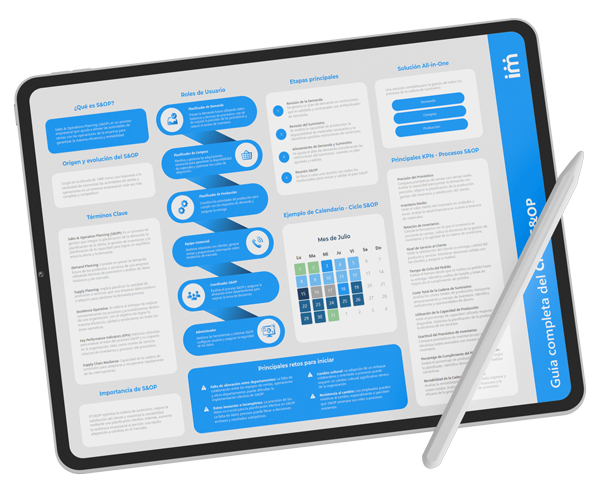
Enter your email and download the content
In supply chain management, identifying key processes and managing them on time can make the difference between success and failure.





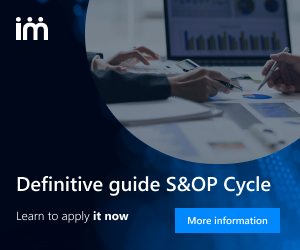
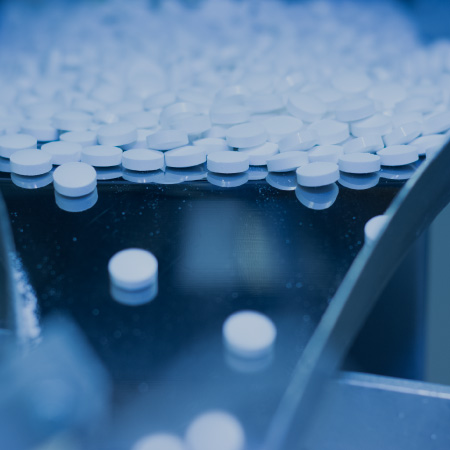



















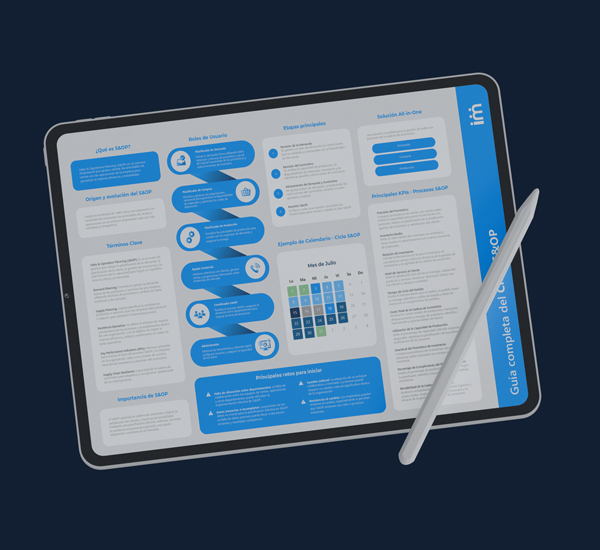
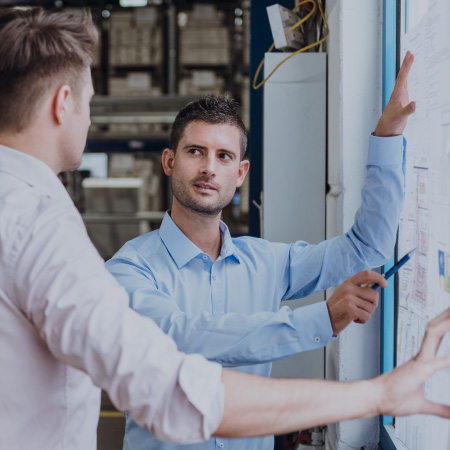

















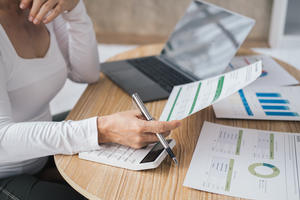



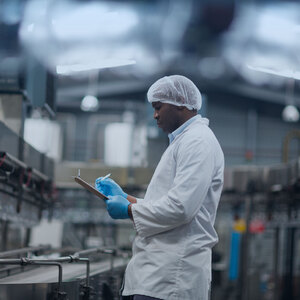












 Imperia_thumbnail.jpg)

















